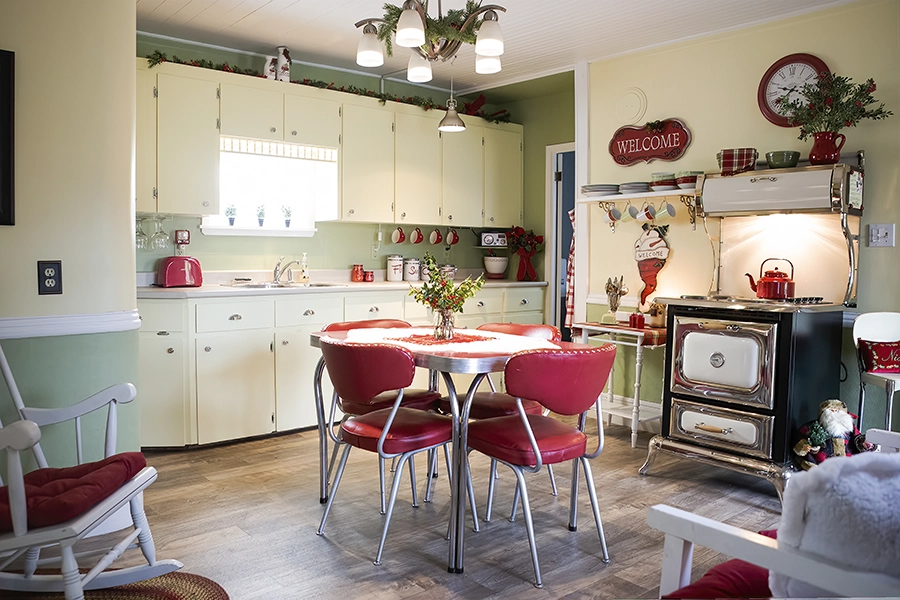Rum is ingrained in Atlantic Canadian culture, right down to the sea shanties we sing in pubs. “The old black rum has a hold on me…”
But Atlantic Canada’s rum scene is evolving beyond the nostalgia for our rum-running days. Emerging micro-distilleries are leading this push, creating unique artisanal rums.
Several small Atlantic Canadian distillers are making a name with rum, most notably Nova Scotia’s Ironworks Distillery and Myriad View on Prince Edward Island. But the modern rum industry is a far cry from the rum trade of previous centuries.
Rum arrived here in the late 1700s as part of the “triangle” trade. New England distilled rum from West Indies molasses, and rum was sold to North Americans or traded in Africa for slaves. Rum-running was big business along Nova Scotia’s South Shore during American prohibition. Special ships (called the Banana Fleet because of their low-slung shape) were built for the trade in Lunenburg, Mahone Bay and Liverpool.
Today, most Atlantic Canadians prefer lightly flavoured white and amber rum, or syrupy sweet, spiced rum, rather than dark or premium rum. But many people still like our version of the classic Cuba Libre—a “double dark and dirty” of dark rum and coke, usually with a lime wedge.
Until recently, there was no local rum, just rum made in the Caribbean then aged or bottled here, mainly by Newfoundland Liquor Corporation (including Screech and Old Sam). There’s also Smuggler’s Cove, bottled in Newfoundland for Cape Breton’s Glenora Distillery. Glenora now ages rum in used barrels at the distillery. It also makes a Barrel Select 21-year-old rum for sale at the distillery.
Ironworks in Lunenburg is a modern rum pioneer, making an amber rum and a dark Bluenose rum. The Myriad View in Rollow Bay, P.E.I. also distills rum, making Strait Amber as well as overproof Strait 57. And Prince Edward Distillery in Hermanville, P.E.I. makes a barrel-aged rum. Its owners are looking at opening a second distillery, dedicated to rum, in Halifax. New Brunswick’s rum scene is also ramping up. Moncton-based Port Royal Distillers, a spirits company that bottles Snowfox Vodka, recently released a white rum called Samuel De Champlain. Distillerie Fils Du Roy in Petit-Paquetville plans to add rum to its portfolio.
Craft distillers offer something you can’t get from the established brands. “Our rum is fermented, double-distilled and aged all in our premises in Lunenburg,” says Pierre Guevremont, co-owner and distiller at Ironworks. “We do not repackage or blend with Caribbean created rums. The entire point of being a distillery is to actually create the product from scratch. That’s where the fun is, after all.”
Ironworks also uses local molasses for its rum. “We use Crosby’s fancy grade molasses,” Guevremont says. “This is the same grade molasses that is sold for use on your waffles and has the highest sugar levels and lowest impurity levels of all molasses grades. Crosby’s molasses is made from Guatemalan sugar cane and has been made in the Maritimes for 135 years.”
In P.E.I., Myriad View uses cane sugar and molasses as their fermentation base. “And we use very strict cuts during the distillation process to insure that only the best of the rum moves onto the barrels for aging,” says Ken Mill, owner and distiller with the company. The rum then ages in small oak barrels for 1.5 to five years.
Producing small batches, Ironworks can play around more than large distilleries to produce unique flavours. “We age the rum in used bourbon barrels, as do most rum distillers, but sometimes we use new Hungarian oak barrels, which provide a richer colour, more vanilla and a hint of apricot and peach,” Guvernemont says. “Or we use red-wine barrels, which provide a completely different flavour profile.” He has also used apple-brandy barrels for another taste.Both distilleries find their rum ages faster here than it does in the Caribbean, so is ready to drink after shorter barrel time.
Expect more craft rum distillers to join the scene. “Where else would you find so much space devoted to rum in the local liquor stores? Nowhere that I have seen,” says Guvernemont. “As the local distillery community grows, there will be more options. Rum drinkers will be able to enjoy what beer drinkers now enjoy: a range of locally-created products that reflect the diversity of the region’s producers, the skills and art of the new distillers.”
TWO CLASSIC RUM COCKTAILS
Daiquiri
1 shot of light rum (white or amber)
1/2 –1 oz fresh lime juice
2 tsp sugar syrup (can substitute with a liqueur for a variation)
Shake well with ice and strain into a cocktail glass. Garnish with fresh lime slice. Add ice if desired.
CCCC Rum Toddy
(Craig’s Cure for the Common Cold)
1–2 shots of dark rum
1 tsp molasses, honey or brown sugar
1 cinnamon stick
1/2 oz fresh lime or lemon juice
1 lime or lemon wedge, plugged with 3 whole cloves
Put ingredients in a mug and add a cup of boiling water. Let steep a minute or two, stirring with cinnamon stick.
LOCAL RUMS
Strait Rum 57, Historic 100 Proof (57.1% alc), The Myriad View
Unsurprisingly boozy, with caramel notes, round, and a bit fruity, fiery on the finish. Needs to be diluted with water or used in cocktails.
Ironworks Rum (40% alc.)
Amber coloured, noticeable alcohol, a lot like Cognac on the nose. Has fruity flavours, like a good fruit brandy, due to aging in apple-brandy barrels. Good neat or with ice, or in cocktails that don’t overpower the spirit.
Ironworks Bluenose Rum (42% alc.)
Dark chocolate brown, viscous, with a very attractive fruity, winey, spicy nose. Slightly sweet with delicious flavours and an enjoyable smoothness. Great on its own or in inventive cocktails.



















